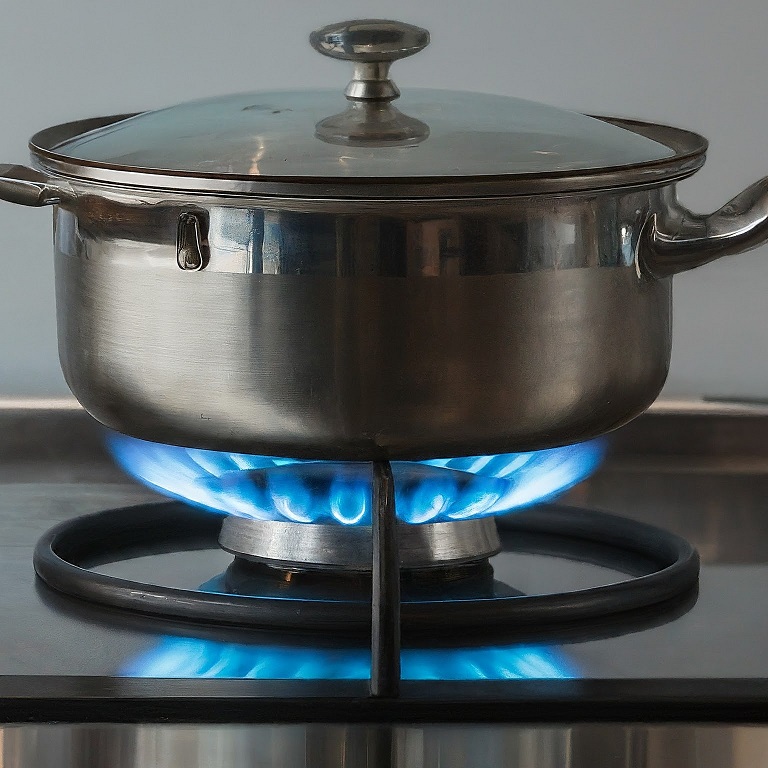Imagine this: you’re ready to whip up a delicious meal, but your stove burner refuses to cooperate. It clicks, it hums, but stubbornly stays cool. Before you resign yourself to takeout or a night of cereal, consider this – a burner malfunction might be a simpler fix than you think!
According to the Appliance Repair Association, a significant portion of stove repairs could be tackled by homeowners with a little know-how. Let’s delve into the culprits behind a chilly burner and explore solutions to get your kitchen back in action.
Safety First: Power Down Before You Power Up
Before attempting any troubleshooting, ensure your safety is the top priority. Turn off the stove at the breaker box and unplug it from the outlet (for electric stoves). Never attempt repairs with a live appliance.
Elementary, My Dear Stove: Basic Checks That Can Make a Big Difference
- The Power Play: It might seem obvious, but a loose plug or a tripped breaker can easily mimic a burner malfunction. Double-check the connection and reset the breaker if necessary.
- Fueling the Flame (Gas Stoves Only): Is your gas supply turned on? A simple oversight can lead to a frustrating experience. Check the knob on your gas line and ensure it’s open.
Shining a Light on the Problem: Common Burner Issues and How to Fix Them
- Dirty Deeds: Food spills and grease buildup can insulate the burner element, hindering its ability to heat up. Regularly cleaning your stovetop with a designated appliance cleaner can prevent this issue. For stubborn grime, a baking soda and water paste can work wonders.
- A Burned-Out Bulb (Electric Stoves Only): The heating element in your electric stove burner is essentially a long ribbon of metal that gets hot when electricity flows through it. Over time, these elements can weaken and burn out. While replacement is relatively straightforward, it’s a good idea to consult your stove’s manual or seek help from a qualified appliance repair person if you’re uncomfortable with electrical work.
- A Switch Out of Sync (Electric and Gas Stoves): The knob or switch that controls your burner might be faulty. While cleaning the contacts with a cotton swab dipped in rubbing alcohol can sometimes resolve the issue, a malfunctioning switch often requires replacement by a professional.
Related: How to detect a gas leak and solve it right now
Beyond the Basics: Digging a Little Deeper (For the Curious Cooks)
If you’re comfortable with some basic electrical troubleshooting (for electric stoves only), a multimeter can be your secret weapon. This handy tool can measure voltage and continuity, helping you pinpoint electrical faults in the burner element or wiring. Remember, safety is paramount. If you’re unsure about using a multimeter, it’s best to call in a professional.

When to Call in the Cavalry: Acknowledging Your Limits
While many burner issues can be DIY projects, there are situations where seeking professional help is the wisest course of action. If you suspect a gas leak, notice sparking, or are uncomfortable with any part of the troubleshooting process, don’t hesitate to call a qualified appliance repair technician. A gas leak can be a serious safety hazard, and electrical repairs should only be attempted by those with the proper knowledge and experience.
The Final Simmer: Keeping Your Stovetop Happy
By understanding the common culprits behind a malfunctioning burner and following these steps, you might be surprised at how easily you can get your stovetop back in action. Remember, preventative maintenance is key. Regular cleaning and proper use will help extend the life of your stove and keep those culinary creations flowing!




